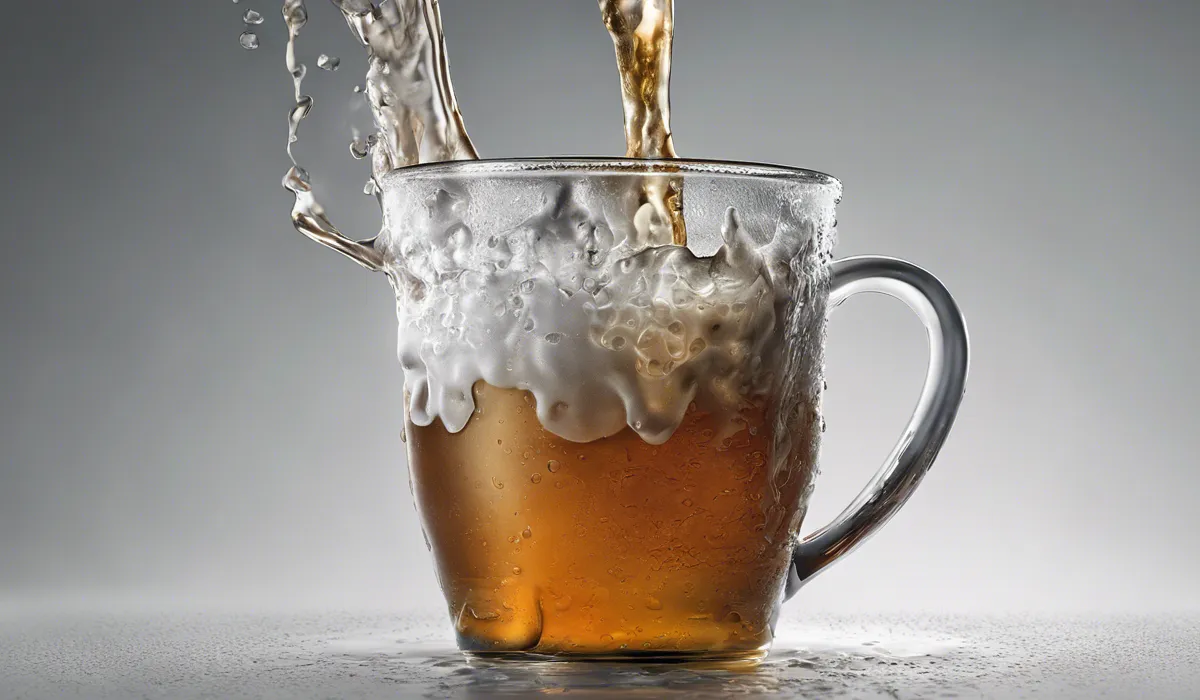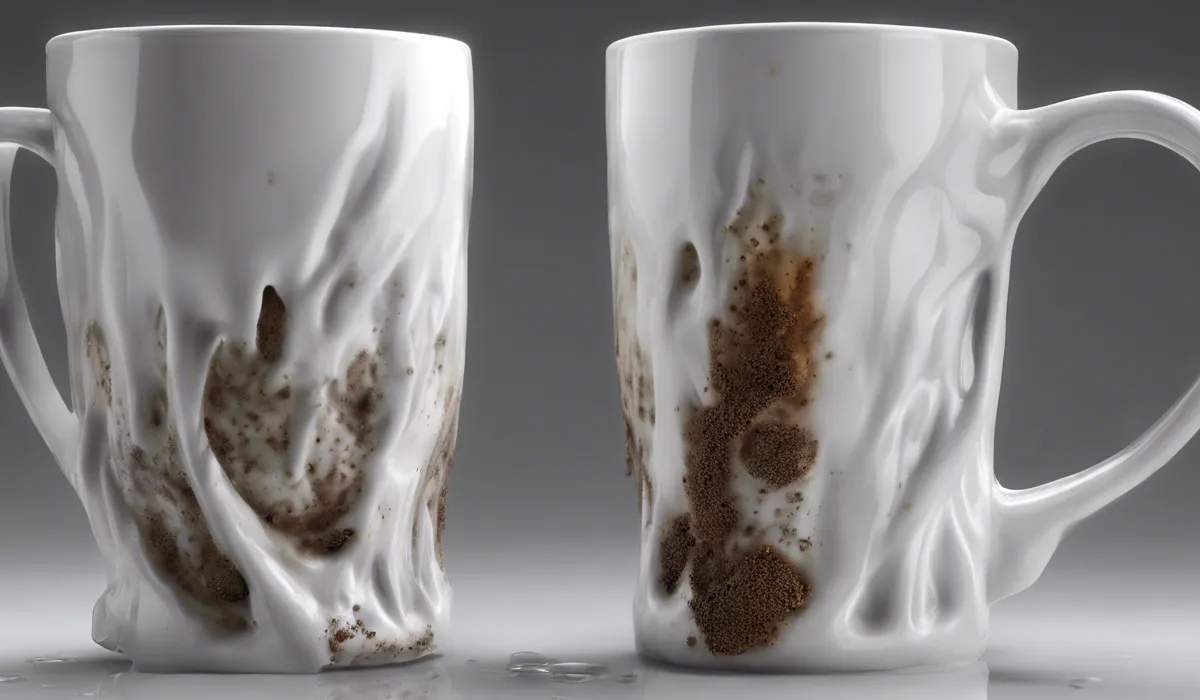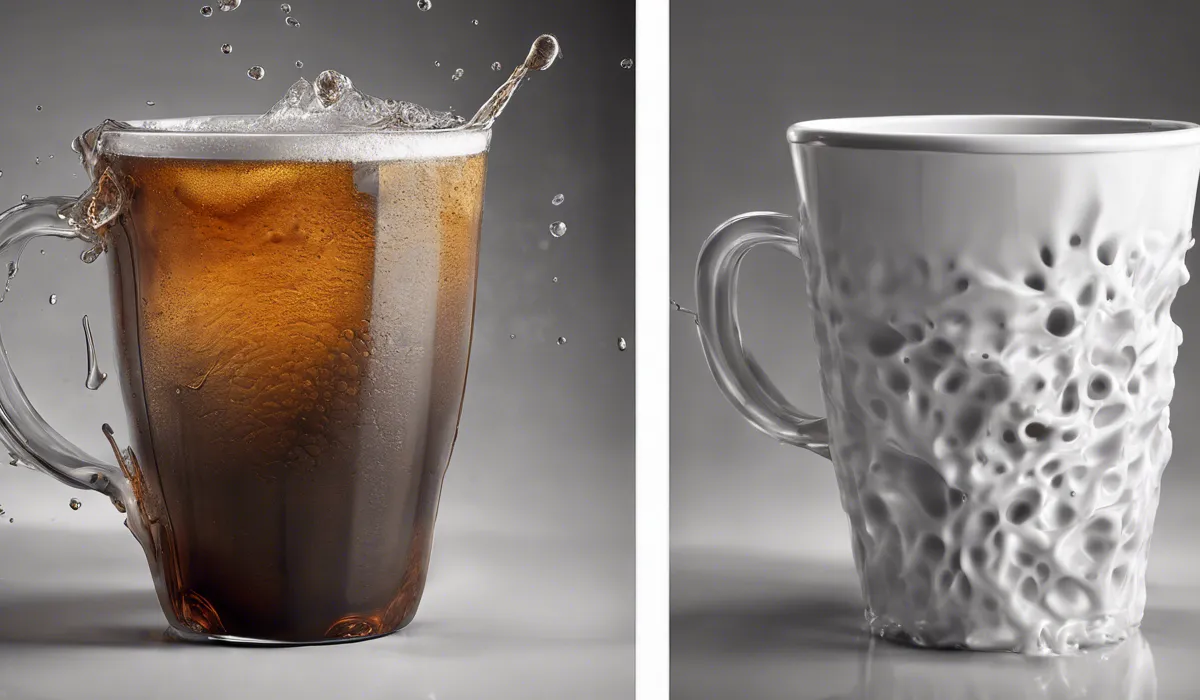It’s generally unsafe to drink from a cup that had mold without thoroughly cleaning it first. Mold can produce harmful toxins. Wash the cup with soap and hot water, and consider using a solution of vinegar and water to disinfect it fully before use.
Risks of Drinking from a Moldy Cup

Understanding Mold in Drinkware
Mold is a type of fungus that thrives in damp environments and can be found on various surfaces, including drinkware.
Common types that might grow in cups include Aspergillus, Cladosporium, and Penicillium. These can appear as fuzzy growths or discolored patches within your cup.
Health Complications from Mold Ingestion
When you ingest mold, you could put your health at risk. Mold can cause allergic reactions, triggering symptoms like sneezing, itching, and watery eyes.
Inhaling mold spores can also lead to respiratory issues, including asthma attacks or difficulty breathing.
Digestive system problems are another concern, as some people may experience nausea, vomiting, or diarrhea after consuming mold.
Perhaps the most troubling risk is mycotoxins, toxic substances produced by certain molds that can have long-term effects on your health.
Populations at Increased Risk
There are particular groups of people who should be extra cautious. Infants, the elderly, and those with weakened immune systems, such as those undergoing chemotherapy, are more vulnerable to the dangers posed by mold.
Cleaning and Sanitizing Moldy Drinkware

Removing Mold from Affected Cups
The first step in cleaning a moldy cup is to remove any visible mold. You can do this by scraping off the growth with a disposable utensil and disposing of it properly.
Thorough Cleaning with Soap and Water
After the physical removal of mold, wash the cup with hot, soapy water. Use a brush to scrub the inside and outside of the cup thoroughly to ensure all mold spores are removed.
Enhanced Cleaning Methods
For additional sanitization, use a vinegar and water solution or baking soda to help kill any remaining mold spores. Rinse the cup well after this step.
Using Sanitizing Solutions
Bleach or hydrogen peroxide can be used as sanitizing solutions to ensure that the cup is free of mold. Follow the manufacturer’s instructions for proper dilution and contact time.
Preventing Future Mold Growth
To prevent mold, dry your cups completely before storing them. Implement a regular cleaning schedule and keep your drinkware in a dry, well-ventilated area.
When to Discard Drinkware?

Identifying Irredeemable Cups
If your cup has deep scratches, cracks, or is made from porous material, it may be time to throw it away. These defects can harbor mold spores that are difficult to remove completely.
Material Matters for Mold Retention
Different materials like glass, plastic, ceramic, and stainless steel can affect how easily mold grows and is retained. Glass and stainless steel are generally less prone to mold growth compared to plastic and ceramic.
When Replacement is Necessary?
If a cup continues to have a musty odor or staining after thorough cleaning, it’s time for a replacement.
Choose new drinkware that is less likely to support mold growth and consider sustainable disposal options for the old items.
FAQs About Drinking from a Moldy Cup
Is it safe to drink from a cup that had mold in it?
No, it is not safe to drink from a cup that had mold in it until it has been thoroughly cleaned.
What should I do if I find mold in my cup?
Wash the cup with soap and hot water, and consider using a vinegar and water solution to disinfect it before using it again.
Can mold in a cup make you sick?
Yes, mold can produce harmful toxins that may make you sick if ingested.
How can I ensure a moldy cup is safe to use again?
Thoroughly clean the cup with soap and hot water, and use a solution of vinegar and water to disinfect it fully before use.
Is vinegar effective in removing mold from cups?
Vinegar is an effective natural disinfectant that can help kill mold spores on surfaces, including cups.
Final Thoughts
Drinking from a cup that previously contained mold is unsafe unless properly cleaned. Mold can release harmful toxins, so it’s crucial to wash the cup with soap and hot water.
For thorough disinfection, a vinegar and water solution may be used to ensure the cup is safe for drinking.
